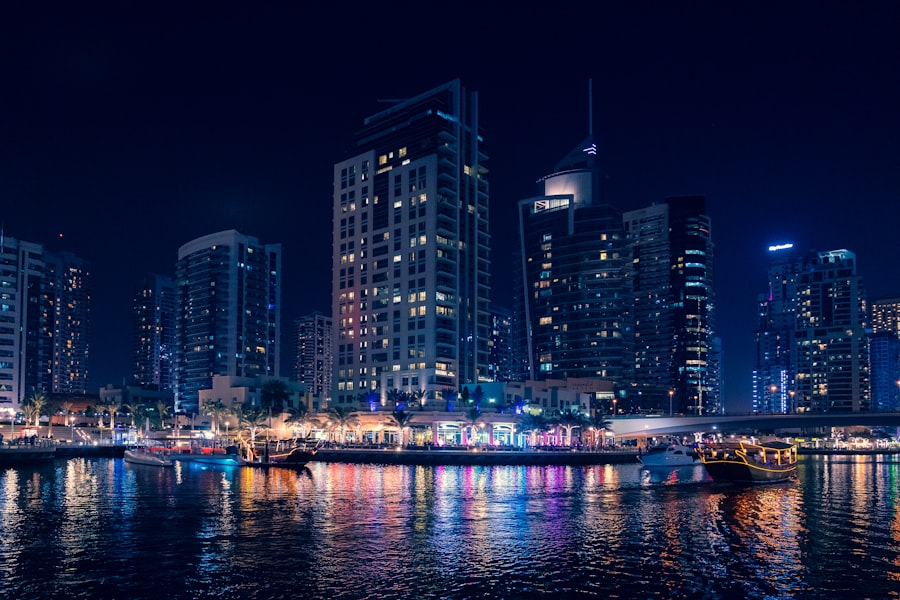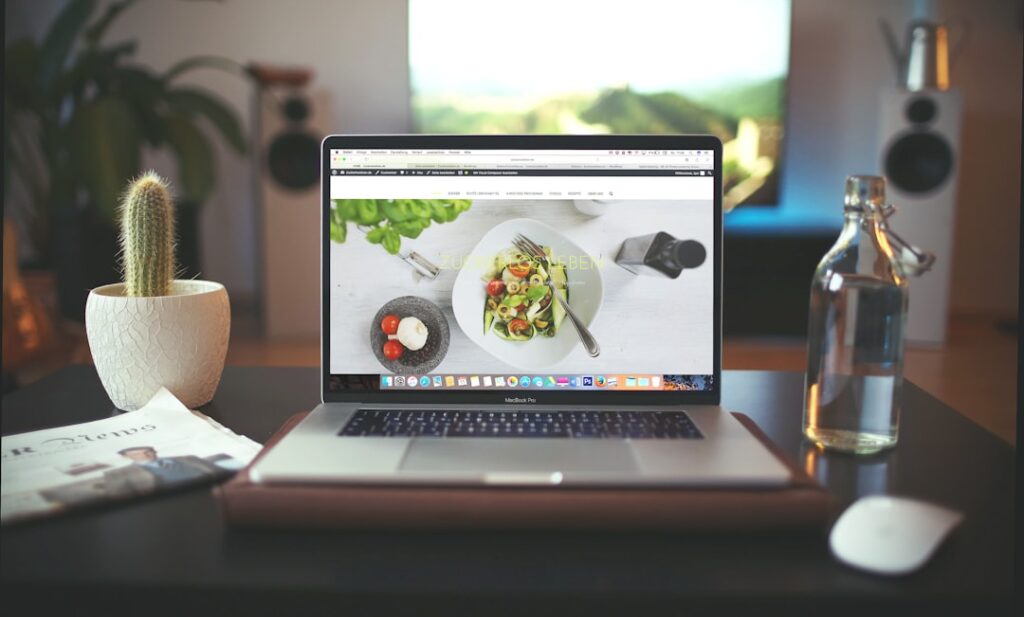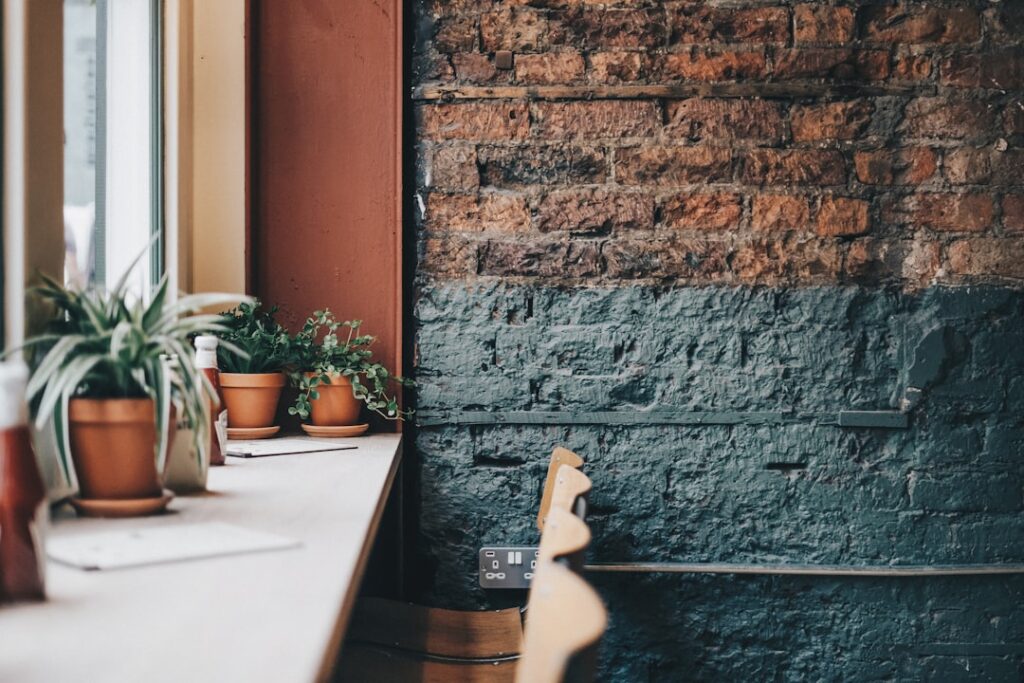In recent years, Dubai has emerged as a global hub for business and innovation, attracting multinational corporations and startups alike. This influx of diverse enterprises has catalyzed a transformation in office design, leading to the rise of innovative and creative workspaces that reflect the dynamic nature of the city. The architectural landscape of Dubai, characterized by its iconic skyscrapers and avant-garde structures, has set the stage for a new era of office interiors that prioritize not only functionality but also creativity and inspiration.
Companies are increasingly recognizing that the physical workspace can significantly influence employee morale, collaboration, and overall productivity. The innovative office designs in Dubai are often characterized by open layouts, vibrant colors, and unique architectural elements that break away from traditional cubicle setups. For instance, companies like Google and Facebook have set a precedent with their playful and engaging work environments, which have inspired local businesses to rethink their own office spaces.
The integration of biophilic design elements—such as indoor gardens, natural light, and organic materials—has also gained traction, promoting a sense of well-being among employees. As a result, Dubai’s office interiors are evolving into spaces that not only accommodate work but also foster creativity and community.
Key Takeaways
- Innovative office designs in Dubai are on the rise, reflecting the city’s forward-thinking approach to business and work environments.
- Functional and aesthetic office interiors are crucial for creating a productive and inspiring workspace that reflects a company’s brand and values.
- Incorporating cultural influences in office interior design can create a sense of belonging and identity for employees, fostering a positive work environment.
- Technology plays a significant role in modern office interiors, enabling connectivity, collaboration, and efficiency in the workplace.
- Sustainable and eco-friendly office design practices are gaining traction in Dubai, reflecting a commitment to environmental responsibility and employee well-being.
The Importance of Functional and Aesthetic Office Interiors
The interplay between functionality and aesthetics in office interiors cannot be overstated. A well-designed office space serves as a catalyst for productivity, encouraging employees to engage with their work while also providing an environment that is visually appealing. Functional design elements—such as ergonomic furniture, efficient layouts, and adequate lighting—are essential for creating a workspace that supports the physical and mental well-being of employees.
For example, adjustable desks that allow for both sitting and standing positions can help reduce fatigue and promote better posture, ultimately leading to increased productivity. Aesthetic considerations are equally important in crafting an inviting office atmosphere. The use of color psychology in office design can influence mood and behavior; for instance, blue hues are often associated with calmness and focus, while yellow can stimulate creativity and energy.
Incorporating art installations or local cultural motifs can also enhance the visual appeal of an office space, making it more engaging for employees and visitors alike. By striking a balance between functionality and aesthetics, companies can create environments that not only meet operational needs but also inspire creativity and collaboration.
Incorporating Cultural Influences in Office Interior Design

Dubai’s rich cultural tapestry presents a unique opportunity for businesses to incorporate local influences into their office interiors. The city is a melting pot of cultures, with a diverse population that brings together traditions from around the world. By integrating elements of Emirati culture into office design, companies can create spaces that resonate with both local employees and international clients. This might include using traditional patterns in textiles or artwork that reflects the region’s heritage, thereby fostering a sense of belonging among employees.
Moreover, cultural influences can extend beyond mere aesthetics; they can also inform the layout and functionality of office spaces. For instance, incorporating communal areas that encourage social interaction aligns with the Middle Eastern tradition of hospitality. These spaces can serve as informal meeting points where employees can collaborate or unwind, enhancing team cohesion.
By thoughtfully weaving cultural elements into office design, businesses in Dubai can create environments that celebrate diversity while promoting inclusivity and collaboration.
The Role of Technology in Modern Office Interiors
Technology has become an integral part of modern office interiors, shaping how spaces are designed and utilized. The advent of smart technology has revolutionized the workplace, enabling companies to create more efficient and adaptable environments. For instance, the integration of IoT (Internet of Things) devices allows for real-time monitoring of energy consumption, lighting levels, and even air quality within office spaces.
This data-driven approach not only enhances comfort but also contributes to sustainability efforts by optimizing resource usage. Additionally, technology facilitates seamless communication and collaboration among teams, regardless of their physical location. The rise of remote work has prompted many companies to invest in advanced video conferencing tools and collaborative software that bridge the gap between in-office and remote employees.
This shift has led to the design of flexible workspaces equipped with high-tech meeting rooms and collaborative zones that encourage teamwork while accommodating various working styles. As technology continues to evolve, it will undoubtedly play a pivotal role in shaping the future of office interiors in Dubai.
Sustainable and Eco-Friendly Office Design Practices
As global awareness of environmental issues grows, sustainable design practices have become increasingly important in the realm of office interiors. In Dubai, where rapid urbanization poses significant environmental challenges, businesses are recognizing the need to adopt eco-friendly practices in their office designs. This includes utilizing sustainable materials such as reclaimed wood, recycled metals, and low-VOC (volatile organic compounds) paints that minimize harmful emissions.
By prioritizing sustainability in their design choices, companies can contribute to reducing their carbon footprint while creating healthier work environments. Moreover, energy-efficient systems such as LED lighting and smart climate control technologies are becoming standard features in modern office designs. These systems not only reduce energy consumption but also enhance employee comfort by maintaining optimal temperature and lighting conditions throughout the day.
Additionally, incorporating green spaces—such as rooftop gardens or indoor plants—can improve air quality while providing employees with a connection to nature. As businesses in Dubai embrace sustainable practices in their office interiors, they not only fulfill their corporate social responsibility but also attract environmentally conscious clients and talent.
The Impact of Office Layout on Employee Productivity and Well-being

The Benefits of Open-Plan Layouts
In contrast, open-plan layouts promote communication and teamwork by breaking down physical barriers between employees. This design encourages collaboration, creativity, and a sense of community among team members.
Striking a Balance: The Hybrid Approach
However, it is essential to strike a balance; overly open spaces can lead to distractions and noise pollution that negatively impact focus. To optimize productivity while ensuring employee comfort, many companies are adopting hybrid layouts that combine open areas with designated quiet zones. These quiet zones provide employees with spaces to concentrate on tasks without interruptions, while collaborative areas encourage brainstorming sessions and group work.
Flexible Furniture Solutions for Enhanced Productivity
Additionally, incorporating flexible furniture solutions allows employees to customize their workspaces according to their preferences, further enhancing their comfort and productivity levels. By thoughtfully considering office layout, businesses can create environments that support both individual focus and collaborative efforts.
The Evolution of Collaborative Workspaces in Dubai Offices
Collaborative workspaces have evolved significantly in Dubai’s office interiors over the past decade. As businesses increasingly recognize the value of teamwork and innovation, they are designing spaces that facilitate collaboration among employees from different departments or disciplines. These collaborative areas often feature comfortable seating arrangements, writable surfaces for brainstorming sessions, and technology-enabled meeting rooms that support interactive discussions.
The rise of co-working spaces has also influenced the evolution of collaborative workspaces in traditional offices. Many companies are now adopting elements from co-working environments—such as communal kitchens or lounge areas—to foster a sense of community among employees. This shift reflects a growing understanding that collaboration is not limited to formal meetings; informal interactions can spark creativity and lead to innovative solutions.
By creating collaborative workspaces that encourage spontaneous conversations and teamwork, businesses in Dubai can harness the collective intelligence of their workforce.
Embracing Flexible and Agile Office Furniture Solutions
The demand for flexible and agile office furniture solutions has surged as companies adapt to changing work styles and employee preferences. Traditional fixed furniture arrangements are giving way to modular designs that can be easily reconfigured to accommodate different tasks or team sizes. This flexibility allows businesses to respond quickly to evolving needs while maximizing the use of available space.
For instance, movable partitions can create temporary meeting rooms or quiet zones within an open layout, enabling teams to collaborate without disturbing others. Additionally, height-adjustable desks allow employees to switch between sitting and standing positions throughout the day, promoting better health and comfort. The incorporation of multi-functional furniture—such as ottomans that double as storage or tables that can be easily rearranged—further enhances the adaptability of office interiors.
By embracing flexible furniture solutions, companies in Dubai can create dynamic work environments that cater to diverse working styles.
The Influence of Dubai’s Unique Architecture on Office Interiors
Dubai’s architectural landscape is renowned for its bold designs and innovative structures, which have a profound influence on office interiors within the city. The iconic Burj Khalifa, for example, not only serves as a symbol of Dubai’s ambition but also inspires interior designers to push boundaries in their own projects. The use of glass facades, sweeping curves, and futuristic materials is often reflected in contemporary office designs that aim to capture the essence of Dubai’s architectural identity.
Moreover, many offices are strategically located within mixed-use developments that integrate residential, commercial, and recreational spaces. This urban planning approach encourages a seamless flow between work and leisure while promoting a vibrant community atmosphere. As a result, office interiors often incorporate elements such as outdoor terraces or panoramic views that connect employees with the surrounding environment.
By drawing inspiration from Dubai’s unique architecture, businesses can create offices that not only reflect the city’s spirit but also enhance employee experience.
Balancing Privacy and Openness in Office Design
Achieving a balance between privacy and openness is one of the key challenges in modern office design. While open-plan layouts promote collaboration and communication among employees, they can also lead to distractions and a lack of personal space. Conversely, overly private offices may hinder teamwork and create silos within organizations.
To address this challenge, many companies are adopting hybrid designs that incorporate both open areas for collaboration and private spaces for focused work. Acoustic solutions play a vital role in this balance; sound-absorbing materials can help mitigate noise levels in open areas while providing privacy for individuals working on sensitive tasks. Additionally, incorporating phone booths or small meeting rooms allows employees to engage in private conversations without disrupting others.
By thoughtfully designing spaces that cater to both collaborative efforts and individual focus, businesses can create environments that support diverse working styles while fostering a sense of community.
The Future of Office Interiors in Dubai: Trends and Innovations
As Dubai continues to evolve as a global business hub, the future of office interiors is poised for exciting trends and innovations. One notable trend is the increasing emphasis on wellness-focused design elements that prioritize employee health and well-being. This includes incorporating natural light through large windows or skylights, creating indoor gardens or green walls, and providing access to fitness facilities within the workplace.
Another emerging trend is the integration of advanced technology into office interiors. Smart buildings equipped with AI-driven systems will enable real-time adjustments to lighting, temperature, and even air quality based on occupancy levels or employee preferences. Additionally, virtual reality (VR) tools may be utilized for immersive training experiences or collaborative brainstorming sessions across remote teams.
Furthermore, as remote work becomes more prevalent, hybrid office models will likely gain traction in Dubai’s corporate landscape. These models will require flexible designs that accommodate both in-office employees and remote workers seamlessly through technology-enabled meeting spaces. In conclusion, the future of office interiors in Dubai will be characterized by a harmonious blend of wellness-focused design principles, cutting-edge technology integration, and flexible work arrangements that cater to diverse employee needs.
If you are looking to improve the productivity of your office in Dubai, consider implementing a productive workspace with interior office design. This article discusses how the layout and design of your office can impact the efficiency and effectiveness of your employees. By creating a workspace that is both functional and aesthetically pleasing, you can enhance the overall work environment and boost productivity. To learn more about how to design a productive workspace, check out this article.


